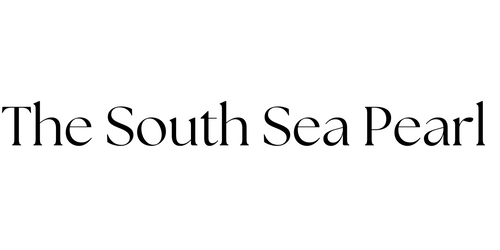Tahitian pearls are often considered the jewels of the ocean, known for their unique colors and remarkable luster. As a shopper, knowing how to identify genuine Tahitian pearls ensures you make the right investment. Whether you're purchasing for yourself or as a gift, understanding what to look for can help you separate authentic pearls from imitations. Let's dive deep into the world of Tahitian pearls, arming you with essential tips to navigate your shopping journey.
The South Sea Pearl Blog
-
August 20, 2025
-
August 19, 2025
The Significance of Tahitian Pearls in Polynesian Culture
Tahitian pearls, often hailed as "black pearls," hold a special place within the rich cultural tapestry of French Polynesia. These exquisite gems are not just mere accessories; they are deeply embedded in the traditions, rituals, and social structures of the Polynesian islands. In this blog, we will explore the significance of Tahitian pearls in Polynesian culture, their historical context, and their ongoing relevance today.
-
August 18, 2025
Explore the Allure of Tahitian Pearl Jewelry Trends
Tahitian pearls have gained immense popularity in the jewelry world, particularly for their distinctive colors and sizes. Black Tahitian pearls, in particular, worth their weight in elegance, add an exotic twist to any accessory collection. In this blog, we will explore the various styles and trends dominating the Tahitian pearl jewelry scene. Let’s dive into the world of these stunning gems!
-
August 17, 2025
Tahitian Pearls vs. Other Pearls: The Ultimate Showdown
When it comes to rare and beautiful gemstones, pearls have long captured the hearts of jewelry enthusiasts around the globe. Among these exquisite treasures, tahiti pearl stands out for its unique aesthetics and charm. In this comparative guide, we will delve into the differences between Tahitian pearls and other types of pearls, examining their characteristics, origins, and what makes them truly special.




